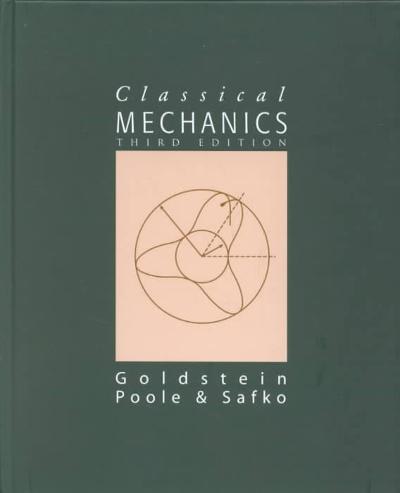3. Pre-Lab Question 3: If you have evidence that your system is acting like an ideal gas, you can also use your Pressure data with your Temperature Data to find the Celsius temperature value of Absolute Zero. a. At Absolute Zero Temperature, state how much thermal energy an object has. b. At Absolute Zero Temperature, state the pressure that a uid exerts on its system container. c. Describe how you can use your pressure and temperature measurements to gain insight into the Celsius temperature that corresponds to Absolute Zero Temperature. 4. Exploration 8. Expectations with a health-related Scientic Question: In the ideal gas human arm model, you will explore how the ideal gas equation can be used to predict how the pressure inside the arm circulatory system changes as the heart "pushes\"I on the system. After taking your own blood pressure and heart rate (to determine your real physiological numbers), you will create your own blood pressure in a fake human arm. There is tubing inside the arm, where one end of the tubing is connected to a syringe whose volume control and the other end of the tubing is connected to the PASCO pressure sensor. Your goal is to create pressure changes in your human arm model that match the physiological measurements you have taken on your own body. a. When blood pressure is taken at the doctor's ofce, a standard measurements reads: 70 mmHg over 120 mmHg, corresponding to the maximum and minimum pressures inside your vasculature as your heart courses through an entire cycle of a heartbeat. Would you classify these pressure readings as absolute pressure or gauge pressure (relative to ambient atmospheric pressure). Justify your reasoning. b. If you have not already done so, convert 70 mmHg and 120 mmHg into SI pressure units. Use this information to provide evidence for or against your claim in part (a). 5. Plan for Experimental Setup 8. Measurements: In activity 2, you will rst measure your own blood pressure and heart rate, using the wrist blood pressure sensor. Then, you will simulate this Pressure vs. Time relationship in your body by compressing the air in the Human Arm Vasculature Model system with a plunger. a. Describe how you will use the information about your blood pressure measurement to compress the plunger in the Human Arm Vasculature Model. For which pressure will you exert higher compression on the system? Explain how the 70mmHg and 120 mmHg relate to the Pressure vs. Time graph that you will make on your PASCO computer screen. b. When you set up the model, will you start with the syringe in the maximum volume position, or the minimum volume position? (hint: do you want to overall compress the system to be at a higher pressure than ambient pressure, or do you want to increase the system volume to be at a lower pressure than ambient pressure.) c. Explain how you will use information about your heart rate in how you operate the equipment. How does the heart rate relate to the shapeltiming of the Pressure vs. Time graph that you will make on your PASCO computer screen







